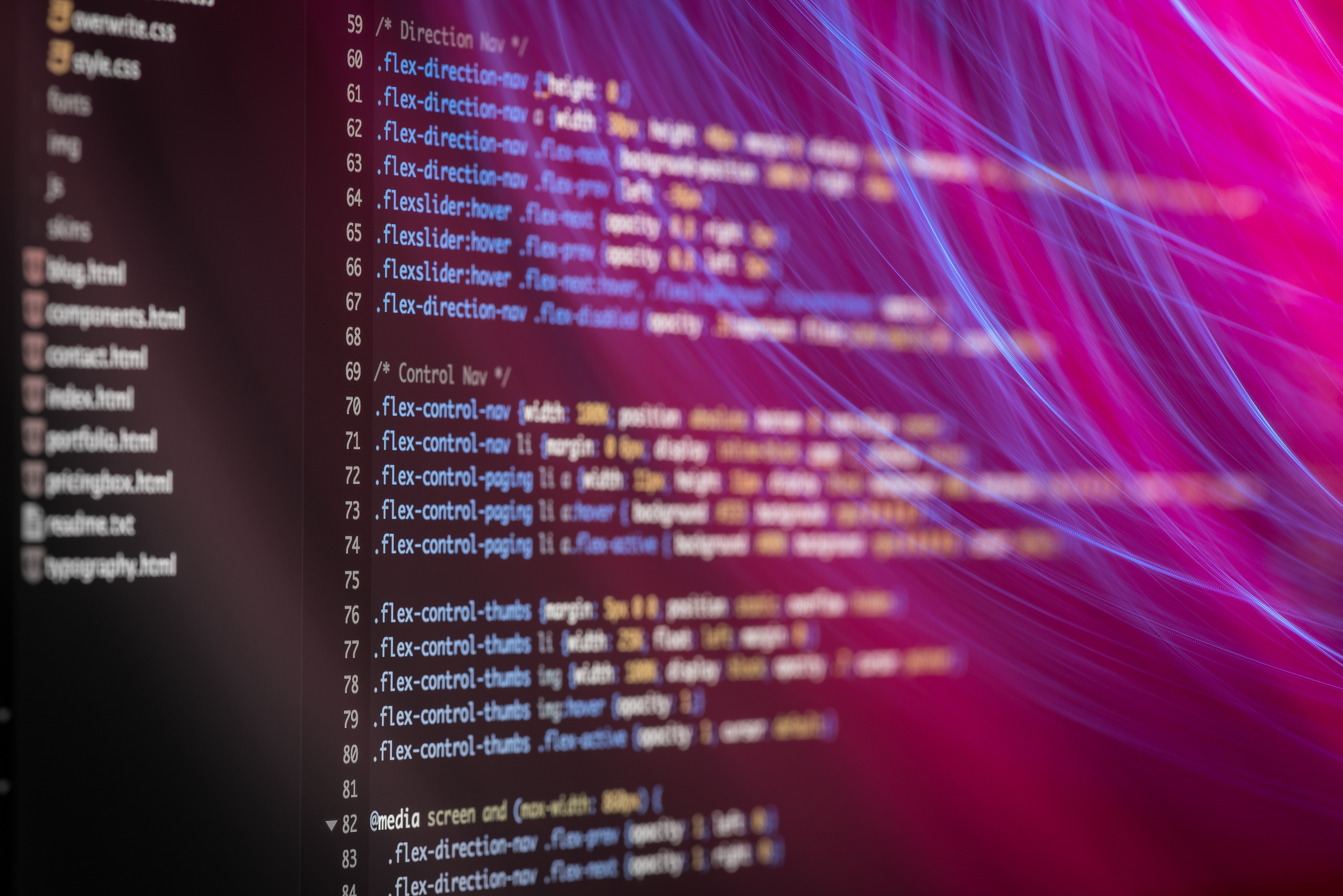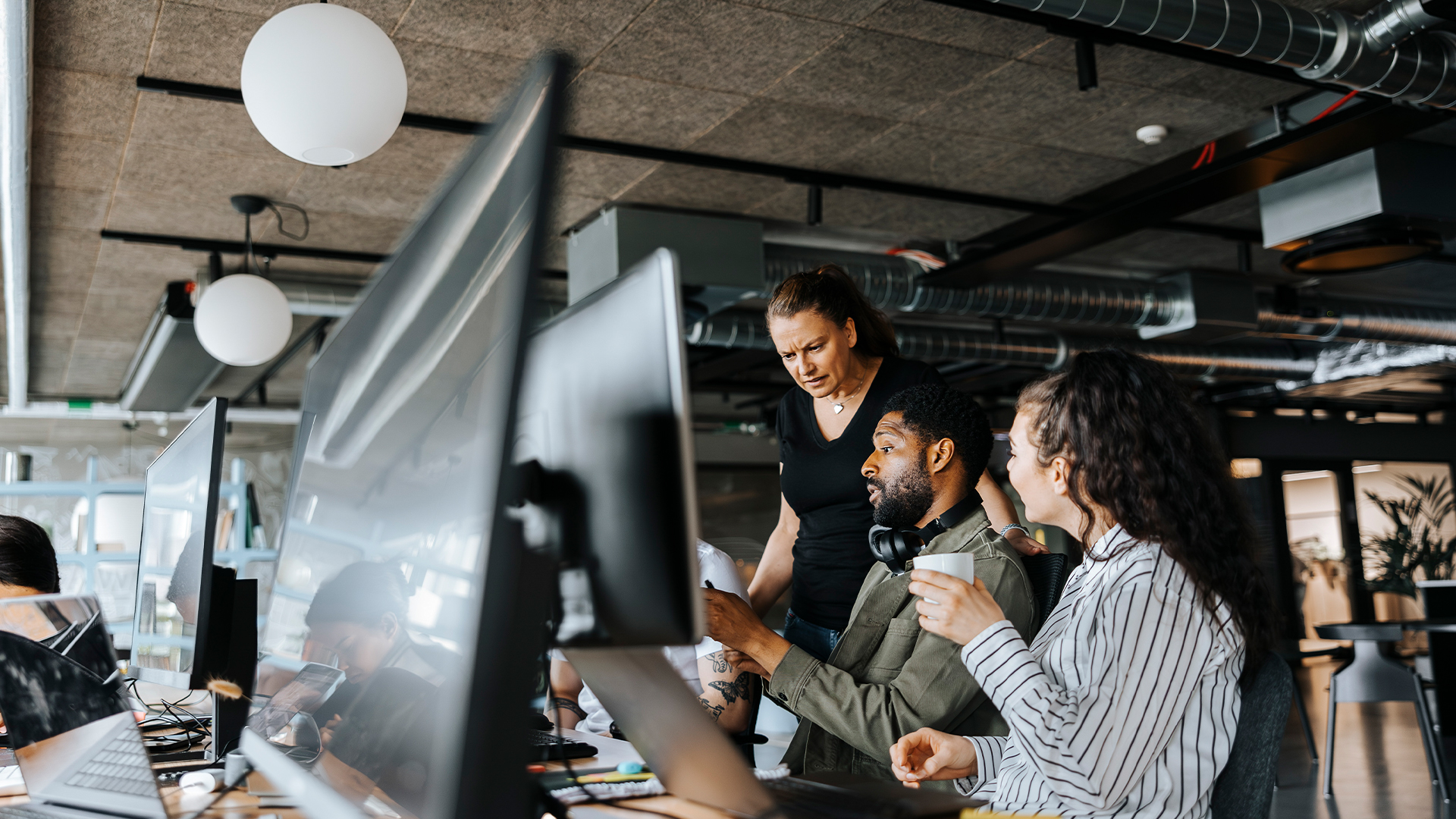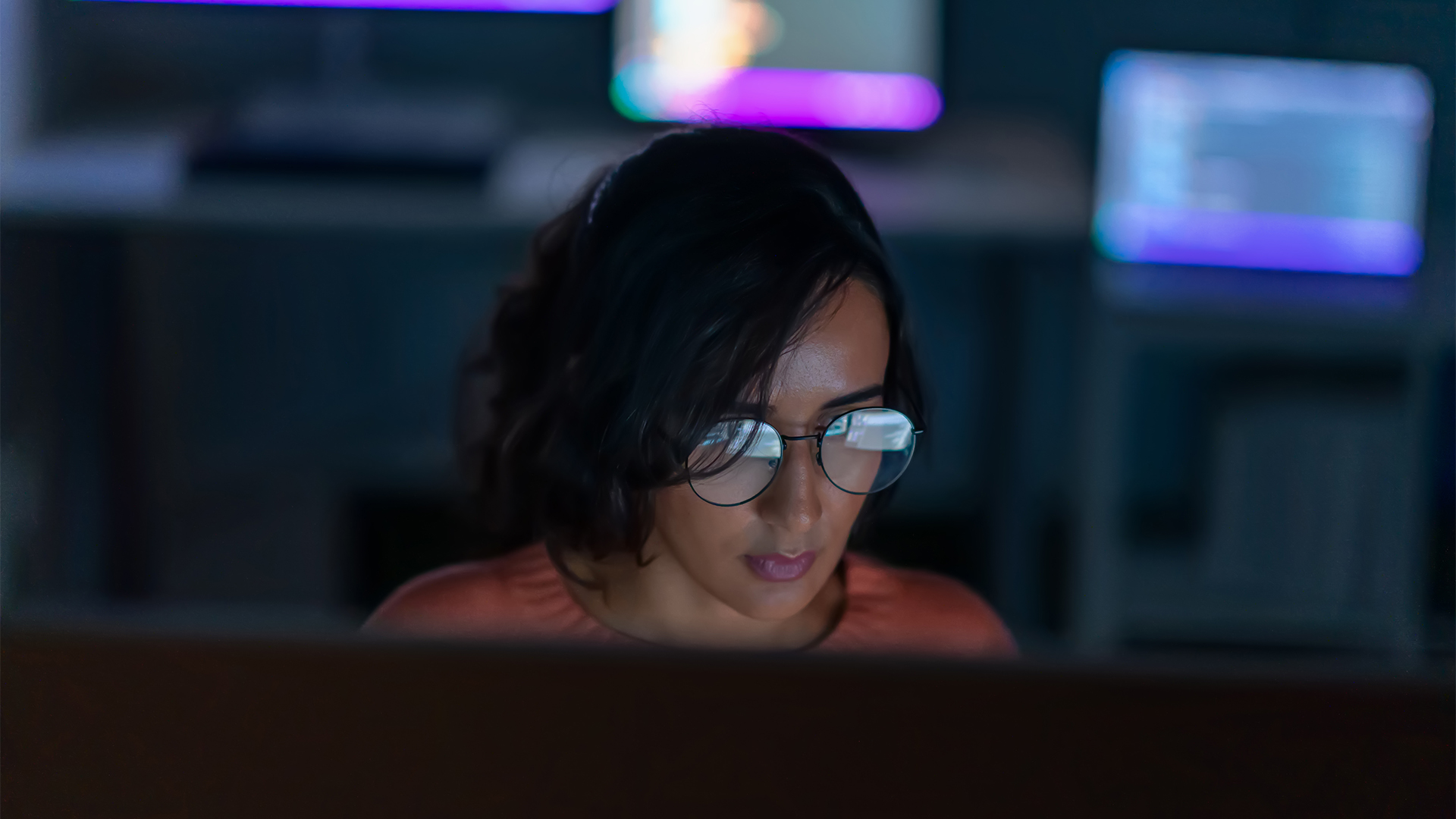Programming with Python: Time to upgrade to fancy ANSI
Wordle inspires Dick to reinvent his 1980s ASCII toolkit for the 2020s, but this time he doubles down with ANSI

During the darkest days of lockdown I kept myself amused by practising jazz guitar chords and writing Python programs. I write a lot of small, off-the-cuff programs, for everything from updating phone codes or solving maths puzzles, to playing with simulations to do with Games Theory. Python is just the last of a long list of languages I’ve used – Basic, Forth, Pascal, Lisp and Ruby are a handful of others – but the one I remember with most affection is Turbo Pascal.
My programmes are so small and ad hoc that it’s never worth investing too much time writing graphical user interfaces (GUIs), so Windows was a nuisance rather than a liberation. Although I played with Visual Basic and Delphi for several years, eventually both metastasised into such baggy monsters that I dumped them. I wrote myself a little toolkit in Turbo Pascal 5 that created simple windows, menus and pick-box widgets from ASCII characters, quite good enough. I shared my code in Byte and am proud to say I saw it on screens in more than one science lab where they had similar minimalist requirements.
Now I use QPython 3.6 on Android, which has no native ability for colour or cursor control, just scrolling teletype output. There are plenty of add-on graphics libraries such as Kivy, all way more than I need, and there’s a simple interface to Android dialogues and media components called SL4A that I occasionally use but it’s still not what I had with Turbo.
The impulse to recreate my Turbo widgets was finally triggered by, of all things, Wordle. I enjoy playing Josh Wardle’s clever and elegant little puzzle (almost as much as I deplore posting screenshots on Facebook or bragging about stats). It’s just difficult enough to maintain an interest, but still simple enough to pose real questions over strategy, which is exactly what I love in a game. I never actually cheat but I do use tools that some purists might consider cheating, namely a mobile version of the Oxford Dictionary with wildcard search and an anagram solver; once I have three or four letters these will finish the job in a couple of minutes.
Getting those three of four letters soon enough is what my Python programme does, searching for effective first guesses using the known frequency distribution of letters in English at each position in a five-letter word: it outputs delightful combinations such as AUDIT SNORE CLAMP and CAMEO UNITS GRIND WHELK. I discovered that my old buddy David Tebbutt, one of the founding editors of Personal Computer World, is also fond of Wordle and it was he who sent me the letter frequencies list in a fine example of nerd-aid. He also has access to Wordle’s own internal word list, but in a fit of hubristic rectitude I decided that was a step too far for me.
My Python Wordle Helper program’s scrolling teletype interface became a real bore, and while looking up how to write a clear-screen command using OS calls I discovered how to issue ANSI codes from Python, and hence how to do a 256-colour character-based terminal better than Turbo’s. QPython can in theory access the Linux library, but that refuses to work for me and in any case is pretty horrible. I set to and have now written a widget set that does everything I want, enabling single lines of code to invoke a box, a window, pick list, input box, progress bar, table or bar chart.
I doubt that my new widgets will prove as popular with nerds in science labs as those Turbo originals were; those hark back to when IBM-compatible PCs running DOS were still ubiquitous in technical and process control contexts. I know that there are still far too many public institutions such as hospitals and libraries that retain such dinosaurs, but they will at least be running Windows XP.
Get the ITPro daily newsletter
Sign up today and you will receive a free copy of our Future Focus 2025 report - the leading guidance on AI, cybersecurity and other IT challenges as per 700+ senior executives
Of course, anyone under 70 is using a smartphone instead of a computer anyway, and an ANSI terminal on a smartphone screen is about as welcome as a turd on a sushi. So I’ll keep my little ANSI world to myself, going back and rewiring some of my old programmes using the new interface. My 5-Card Drawer and 5-Card Stud Poker games actually look rather splendid.
-
 CISA issues warning in wake of Oracle cloud credentials leak
CISA issues warning in wake of Oracle cloud credentials leakNews The security agency has published guidance for enterprises at risk
By Ross Kelly
-
 Reports: White House mulling DeepSeek ban amid investigation
Reports: White House mulling DeepSeek ban amid investigationNews Nvidia is caught up in US-China AI battle, but Huang still visits DeepSeek in Beijing
By Nicole Kobie
-
 AWS expands language support for Amazon Q Developer
AWS expands language support for Amazon Q DeveloperNews AWS has expanded support for languages in Amazon Q Developer, making it easier for developers to code in their first language.
By Nicole Kobie
-
 AI was a harbinger of doom for low-code solutions, but peaceful coexistence is possible – developers still love the time savings and simplicity despite the allure of popular AI coding tools
AI was a harbinger of doom for low-code solutions, but peaceful coexistence is possible – developers still love the time savings and simplicity despite the allure of popular AI coding toolsNews The impact of AI coding tools on the low-code market hasn't been quite as disastrous as predicted
By Ross Kelly
-
 ‘We’re trading deep understanding for quick fixes’: Junior software developers lack coding skills because of an overreliance on AI tools – and it could spell trouble for the future of development
‘We’re trading deep understanding for quick fixes’: Junior software developers lack coding skills because of an overreliance on AI tools – and it could spell trouble for the future of developmentNews Junior software developers may lack coding skills because of an overreliance on AI tools, industry experts suggest.
By George Fitzmaurice
-
 GitHub's new 'Agent Mode' feature lets AI take the reins for developers
GitHub's new 'Agent Mode' feature lets AI take the reins for developersNews GitHub has unveiled the launch of 'Agent Mode' - a new agentic AI feature aimed at automating developer activities.
By Ross Kelly
-
 Oracle Java pricing concerns could spark a developer exodus
Oracle Java pricing concerns could spark a developer exodusNews Oracle Java users have raised concerns over pricing, with many considering switching to open source options.
By Solomon Klappholz
-
 Shadow AI is creeping its way into software development – more than half of developers admit to using unauthorized AI tools at work, and it’s putting companies at risk
Shadow AI is creeping its way into software development – more than half of developers admit to using unauthorized AI tools at work, and it’s putting companies at riskNews Enterprises need to create smart AI usage policies that balance the benefits and risks
By Solomon Klappholz
-
 Python just brushed past JavaScript to become the most popular programming language on GitHub – and a key factor is that AI developers love it
Python just brushed past JavaScript to become the most popular programming language on GitHub – and a key factor is that AI developers love itNews The meteoric rise of Python shows no sign of stopping
By Nicole Kobie
-
 JupyterLab review: A powerful tool for documenting your data science journey
JupyterLab review: A powerful tool for documenting your data science journeyReviews Literate programming toolkit takes dynamic code documents to new heights
By Danny Bradbury